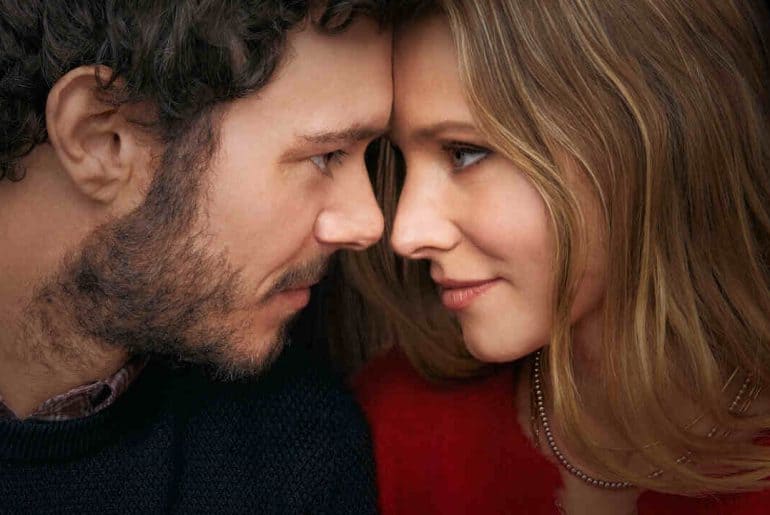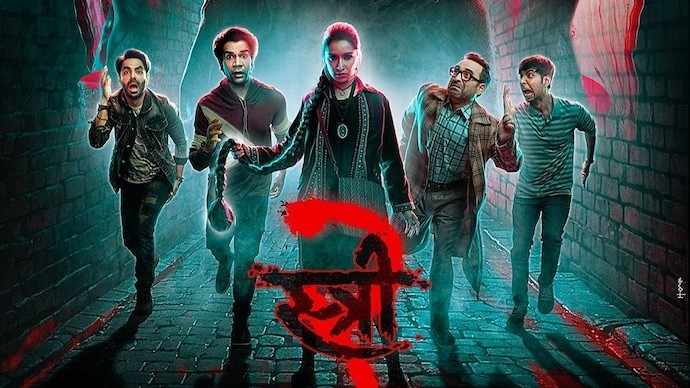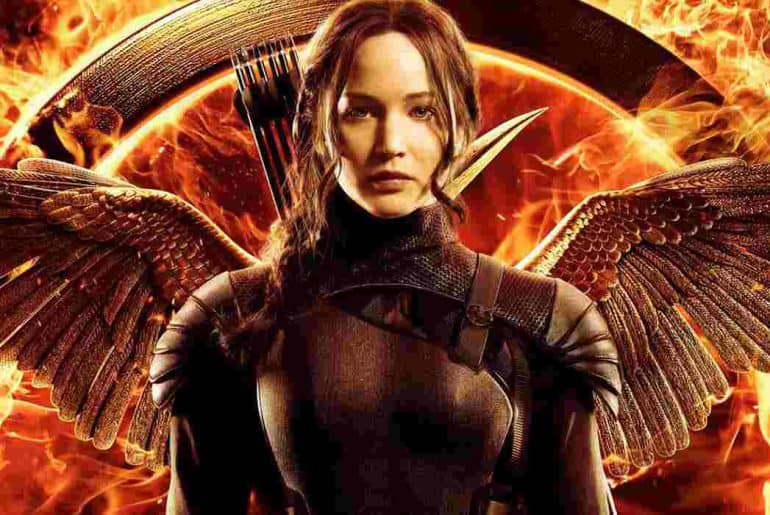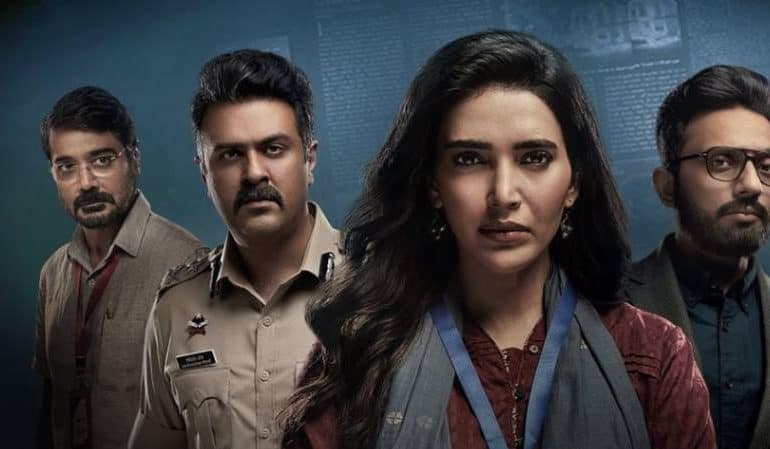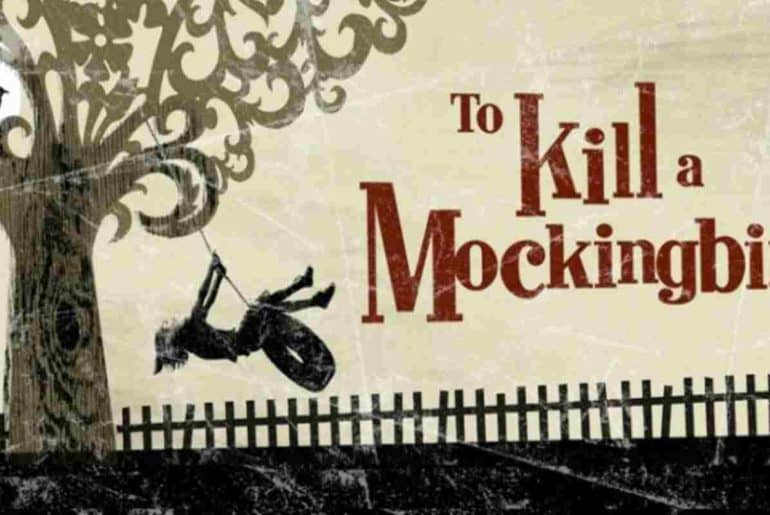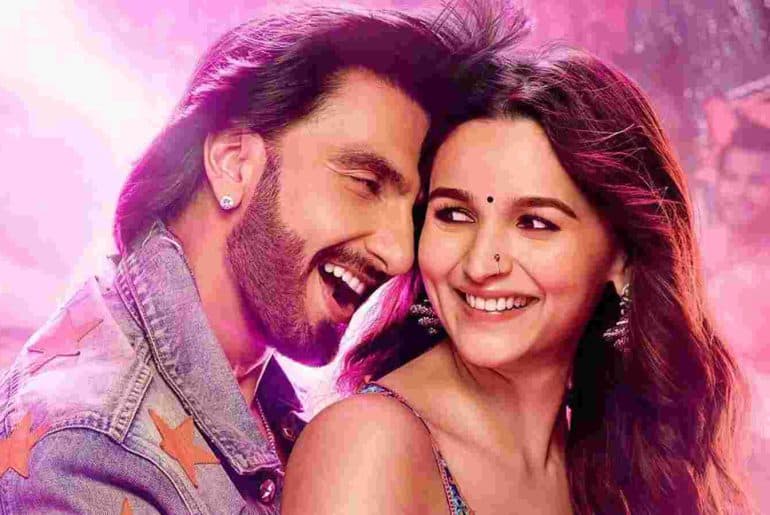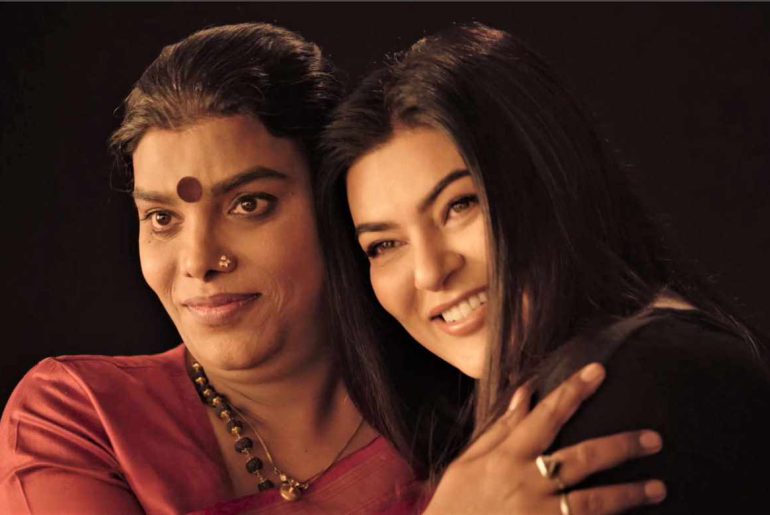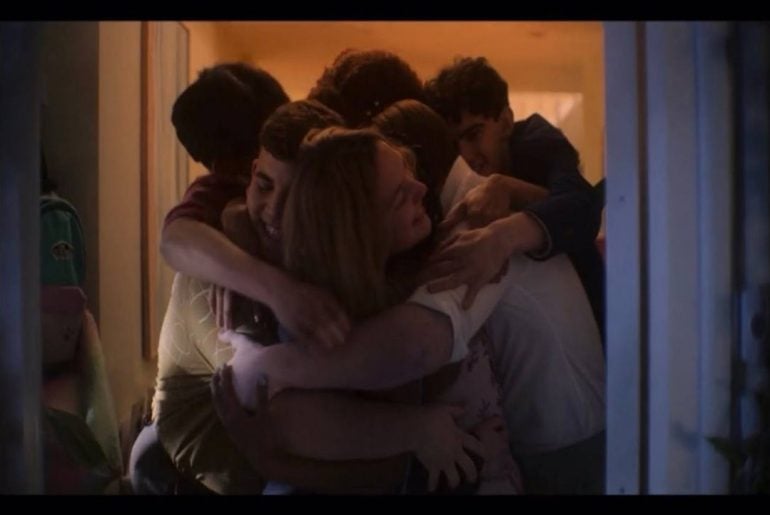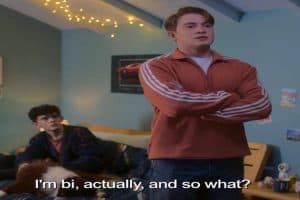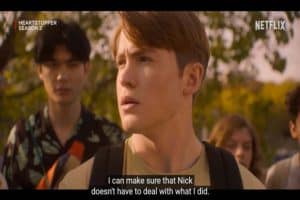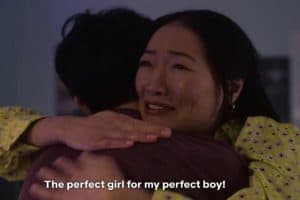“Fire is catching! And if we burn, you burn with us!” When the young resist and “rebel,” people in positions of power often try to “deal” with them in their own way. Why is resistance often regarded as a menace?
It was the summer of 2015 when I first discovered the world of Hunger Games by Suzanne Collins as a pre-teen in 6th grade. The Hunger Games introduced me to the world of dystopian fantasy and were as culturally impactful as they were personally influential. In the past couple of months, I have fully regressed back into my 11-year-old self and re-entered my Hunger Games era. Although I had read and watched each installation of the series multiple times, they felt different when I jumped into that world once again after the release of The Ballad of Songbirds and Snakes.
I experienced something more as someone on the cusp of adulthood than I did the first time around. It isn’t that the politics of the Hunger Games universe are subtle, because they just aren’t. It’s impossible to describe the plot without discussing authoritarian regimes and, in response, political revolutions.
People recognise that the whole idea of the Hunger Games is a commentary on authoritarian regimes, specifically the non-democratic ones. But in the contemporary political landscape, we can all agree that democratic regimes, although not as blatantly authoritarian as the Capitol, are still effectively restraining freedom and cracking down on dissent, our country being not so distant from it.
Re-reading the books as a young adult who, like many others my age, is becoming more disillusioned with the entirety of the Indian political system with each passing news headline led me to inevitably draw some comparisons. Before anyone locks horns with me and argues that drawing comparisons between the Indian political system, specifically its manifestation in Delhi University, and the Hunger Games is ridiculous, yes, I know that we do not have a reality television show being run by power-hungry adults where children kill each other for entertainment.
I also know that the Indian government’s power, whether past regimes or the current one, does not flow from one individual, that it does not have two opposing political parties willing to abandon morality for power, and that its force doesn’t track down and kill dissenters, stripping them of a livelihood—well, actually…
The last few pages of Mockingjay called into question all sorts of philosophical tenets and how they unfortunately manifest in our lived reality. Particularly moving is Katniss’ realisation that the leader of the revolution, President Coin, is as morally deplorable as the fallen dictator, President Snow. She realises that, although Coin’s initial intentions may have been pure, her desire for power and revenge corrupted her, replacing one oppressive regime with another. Katniss is suspicious of her from the start, often drawing parallels between the way Coin runs District 13 and how Snow controls the Capitol.
Try not to look down on people who had to choose between death and disgrace.
– Suzanne Collins, The Ballad of Songbirds and Snakes
The Hunger Games are an annual tradition instituted by the Capitol in order to suppress the districts and remind them of the Capitol’s absolute power. The districts must each send one female and one male tribute to fight to the death as a form of entertainment for Capitol audiences, highlighting how the oppressed are just disposable to the oppressors.
The author introduces a patronising and oppressive fictional government, one that only retains control through fear-mongering. She describes a class divide that is undeniably perverse: some are forced to hunt illegally for survival, while others drink vomit-inducing poison just so they can eat again. Panem’s government and class divisions are not as alien as we are initially led to believe. In our world, we have witnessed such abuse of power, corruption, and controlling people’s voices. To draw parallels with the government’s actions or the university administration or not to draw any, I leave that task to you, the reader.
What is Democracy when the Choices are Bad and Worse?
The main difference between Panem and modern-day India is democracy. Although the leader of Panem uses the title of President, he rules as an absolute dictator. President Snow manipulates allies, kills enemies, and terrorises his citizens in order to keep power. The story warns us of the danger of leaving too much power in the hands of the few. I believe it was the sacred nature of democracy that Collins really wanted to leave the reader with. If we take it for granted, our own Hunger Games may soon be upon us—or are we too late?
The key idea in The Hunger Games trilogy and its prequel is how violence can be used to control a nation. President Snow uses the Hunger Games as a way to remind the districts of their helplessness while also feeding his constituents’ unceasing appetite for entertainment. The story sheds light on oppression and resistance, how the youth of a nation are controlled, and the way the people in positions of power “deal” with them when they “rebel.”.
Class division, inequality between citizens, governmental oppression, human suffering, corruption, destruction of buildings, and revolution—all of these issues raised in the Hunger Games universe serve as bridges between today’s “modern” India or even the world and the fictional nation of Panem.
Democracy is certainly backsliding at our university, which was once known to lead the students’ resistance against the authoritarian British colonial government. In the institution where popular protests against authoritarian regimes in an independent India were led, be it participating in the Jayaprakash Narayan Movement or resisting the National Emergency of 1975, we are now in a time when even documentary screenings are banned, because dare we question the government in a democracy?
In August this year, Sabyasachi Das, a member of the faculty of the Economics Department at Ashoka University, resigned following a controversy over his research paper, ‘Democratic Backsliding in the World’s Largest Democracy’. I believe the fact of this incident itself affirms the title of the research paper.
The one unfortunate point of commonality between dystopian literature and the real world is how we are desensitised to the extent that we become silent spectators to atrocities being committed in front of us, just like the Capitol citizens.
The Mockingjay Sings
The allegory of the Mockingjays of District 12 is the inability of the government to control these creatures, making them an inspiration and a symbol for the rebellion. Though these are fictional species, they do represent revolution and rebellion and can be associated with the current political landscape. Because the youth will certainly rise when the old are busy in a tussle of proving why the other person is worse, instead of actually working for the people, as “stupid people are dangerous.”
Through Katniss and Lucy, we see two distinct representations of society (with Lucy Gray being an “alleged” ancestor of Katniss). Sometimes soldiers are forced to be artists, and artists are forced to be soldiers, as Lucy Gray Baird was forced to fight in the Hunger Games as a mockingjay whose voice was taken away from her. Katniss Everdeen, on the other hand, was made into a spectacle when she was actually a soldier, willing to fight for her district and its people, but reduced to a set piece for entertainment.
Delving into the world of the Hunger Games from the perspective of Snow, we explore the human side of a villain. I believe that from the author’s perspective, she tries to showcase that people like Snow are not necessarily ‘monsters’ to their core, but rather real human beings who are willing to choose greed and power for their own self-interest. This is certainly representative of the larger political system in most modern-day democracies, including India, where it’s just people in positions of power constantly choosing to exploit their power and suppressing voices of revolt. But as is illustrated in the world of the Hunger Games, irrespective of the restrictive boundaries of any cage, the Mockingjay sings.
When Katniss sings “The Hanging Tree” to Pollux and the Mockingjays, she points out that she hasn’t sung it “out loud for ten years because it’s forbidden,” implying that it’s not only banned in the Everdeen house but essentially in Panem. Perhaps her father sang it around town to subtly alert the residents of District 12 that he was revolutionary, willing to do whatever it took to stand up to the Capitol.
“They say he murdered three,” the song chants, its words asserting the often-manipulative accusations of the Capitol. This song was a voice of rebellion, concocted not about a desperate lover but about a revolutionary whose plea was for his neighbours to follow him towards a fight for freedom, no matter the cost. Even if it meant they might end up hanging by his side.
Read also: Saffronisation out in the Open, Finally!
Featured Image Credits: CBS News
Gauri Garg
[email protected]

